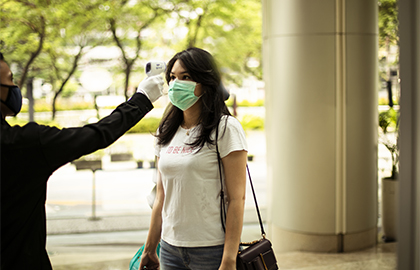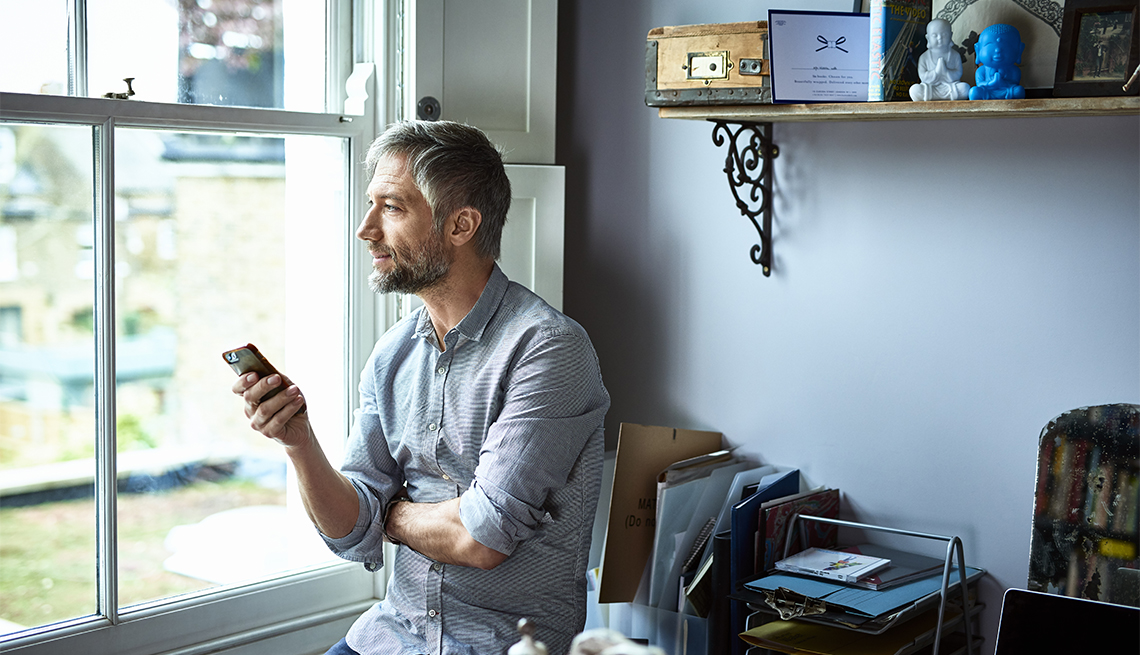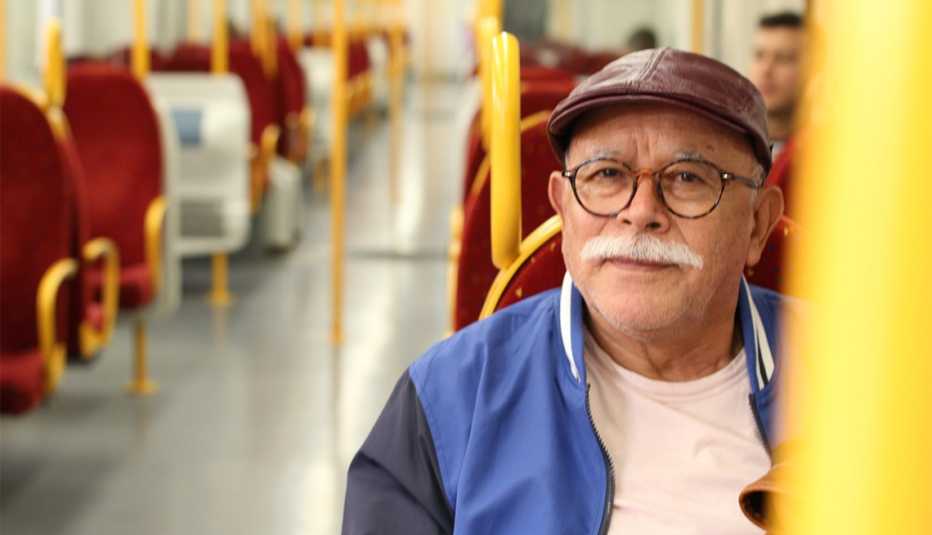Staying Fit
One month after the White House asked Americans to stay home as much as possible and avoid group gatherings in an effort to slow the spread of the coronavirus, the administration released a set of guidelines that state and local leaders can use to gradually loosen these restrictions and return to some semblance of normalcy.
The three-phased “Opening Up America Again” approach, which eventually leads to the reopening of offices, schools, restaurants and sports venues, is contingent on several factors. Before entering the first phase, the guidelines recommend that state and local officials wait for a 14-day downward trajectory of reports of influenza-like and COVID-19-like illnesses, as well as a downward trajectory of documented COVID-19 cases or positive tests. In addition, hospitals should be in a position to treat all patients without crisis care and have a testing program in place for at-risk health care workers. Only then should regions, states or localities move into phase 1 of the reopening process.


AARP Membership— $12 for your first year when you sign up for Automatic Renewal
Get instant access to members-only products and hundreds of discounts, a free second membership, and a subscription to AARP the Magazine.
Deciding when and how to send people back to work and school is something states and cities across the country “are wrestling with,” Richard Serino, distinguished senior fellow at Harvard T.H. Chan School of Public Health’s National Preparedness Leadership Initiative and former deputy administrator of the Federal Emergency Management Agency (FEMA), said on a recent call with reporters.
“Because one thing you don’t want to do is do this wrong” and see a resurgence of the virus, which is what some health experts predict will happen if communities open too soon. “If you do it wrong in the beginning, it’s going to be difficult for people to believe and trust in their local and state governments. So they have to get this right,” he added.


Phase 1 Reopening Guidelines
- All high-risk individuals, including older adults, continue to shelter in place
- Everyone practices physical distancing
- Schools remain closed
- Some businesses open, but with physical distancing guidelines in place
- Churches, gyms, dine-in restaurants also open with physical distancing, sanitation guidelines in place
- Bars stay closed
- People who can telework continue to do so
- Workers who return to the office go back in phases
- Common areas in offices are closed; temperature checks are routine
- Nonessential travel kept to a minimum
- Senior living facilities and hospitals prohibit visitors
- Some elective surgeries resume
- Frequent handwashing is still important; so are face coverings in public
Some regions have announced they are ready to start down the path of reopening their economies. Others, however, are taking a more cautious approach.


































































